Before he went on to become a bestselling author of unputdownable novels, Dan Brown studied music to forge a career as a singer-songwriter and pianist. Seven thrillers later, he returns to classical music with his first picture book for young readers about a unique orchestra in the wild. In an exclusive interview with ON Stage, Brown reflects on writing music and fiction, and why the twain do meet. By Snigdha Hasan
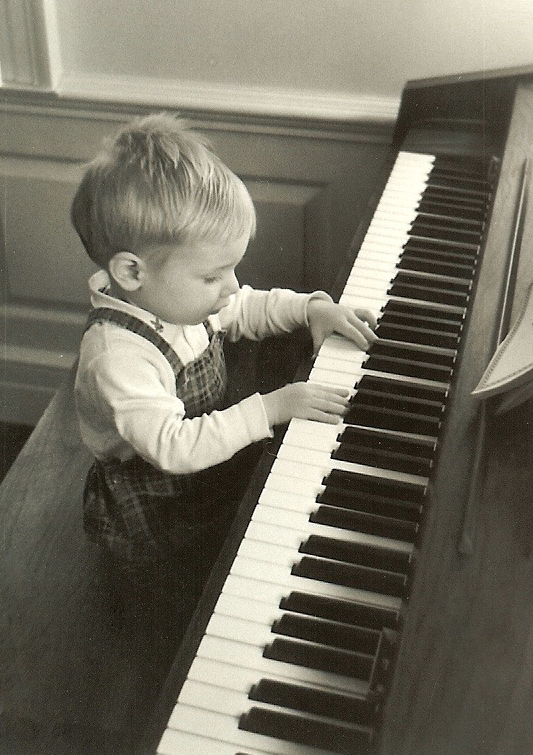
‘Long before I wrote stories… I wrote music,’ says Dan Brown in his note to readers at the back of Wild Symphony, his latest offering, telling them how playing the piano with his tiny fingers as a three-year-old became an inseparable part of his being. ‘Even now, I play piano every day — usually after I finish a long day of writing,’ he ties it up, spanning the 53 years in the interim. Music, however, was not a hobby for the author of The Da Vinci Code, but his first career choice for which he studied composition at Amherst College. It was not to be for sundry reasons, and Brown’s creative output took the form of gripping mystery thrillers peppered with codes and symbols. But that is the beauty of being an author — you can create worlds you cannot always inhabit.
In Wild Symphony (Penguin Random House), he creates one such world for young readers, painting a vivid picture of each member of a symphony orchestra in the jungle with his poems, beautifully illustrated by Susan Batori. All poems, accompanied by an orchestral score, each composed by Brown, encase life lessons with his signature codes and puzzles thrown in. The music, played by the Zagreb Festival Orchestra, can be heard using an app, by hovering the phone over the poems — an ingenious way of introducing children to symphonic music and the workings of an orchestra.
Here are excerpts from an email interview with Brown, the composer and novelist, from his home in New England.
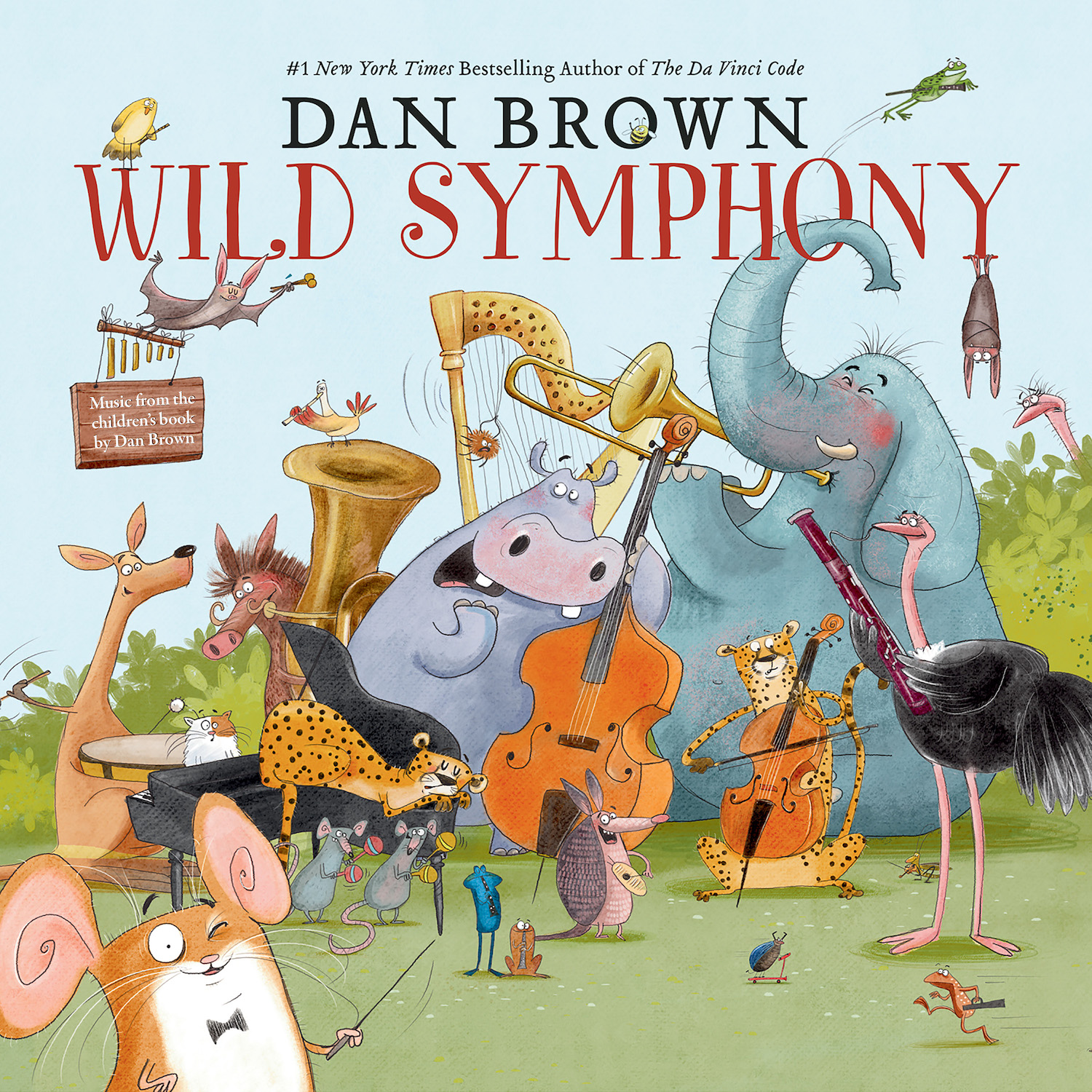
Snigdha Hasan (SH): ‘Music is a kind of storytelling’, you write. When listened to with your pithy poems, the orchestral movements set the pace for the words and the light in which they should be read. What came first: the words or the music, or was it a simultaneous evolution?
Dan Brown (DB): I grew up surrounded by classical music. Both of my parents were musicians, and they chose not to have a TV in the house. So, I played the piano, sang in choirs, and went to lots of concerts. Music was a secret sanctuary for me as a child. It calmed me when I felt frustrated, was a trusted friend when I felt lonely, helped me express my joy when I was happy, and, best of all, sparked my creativity and imagination. In addition to loving music, I was mesmerised by the picture books of Dr. Seuss, with their zany creatures and silly poetry. With Wild Symphony, I wanted to create a similar magical world of pictures and poetry aimed at a new generation of young people, and to add to it a unique piece of modern classical music to reflect each animal’s special personality. In some instances, the musical idea came before the poetry — as it did with Brilliant Bats, which I originally composed for the pipe organ and decided it sounded like flying bats. And other times, the poem came first — as with Anxious Ostrich — which, after completing, I faced the fun musical puzzle of figuring out: “What does an ostrich sound like with his head buried underground?!”
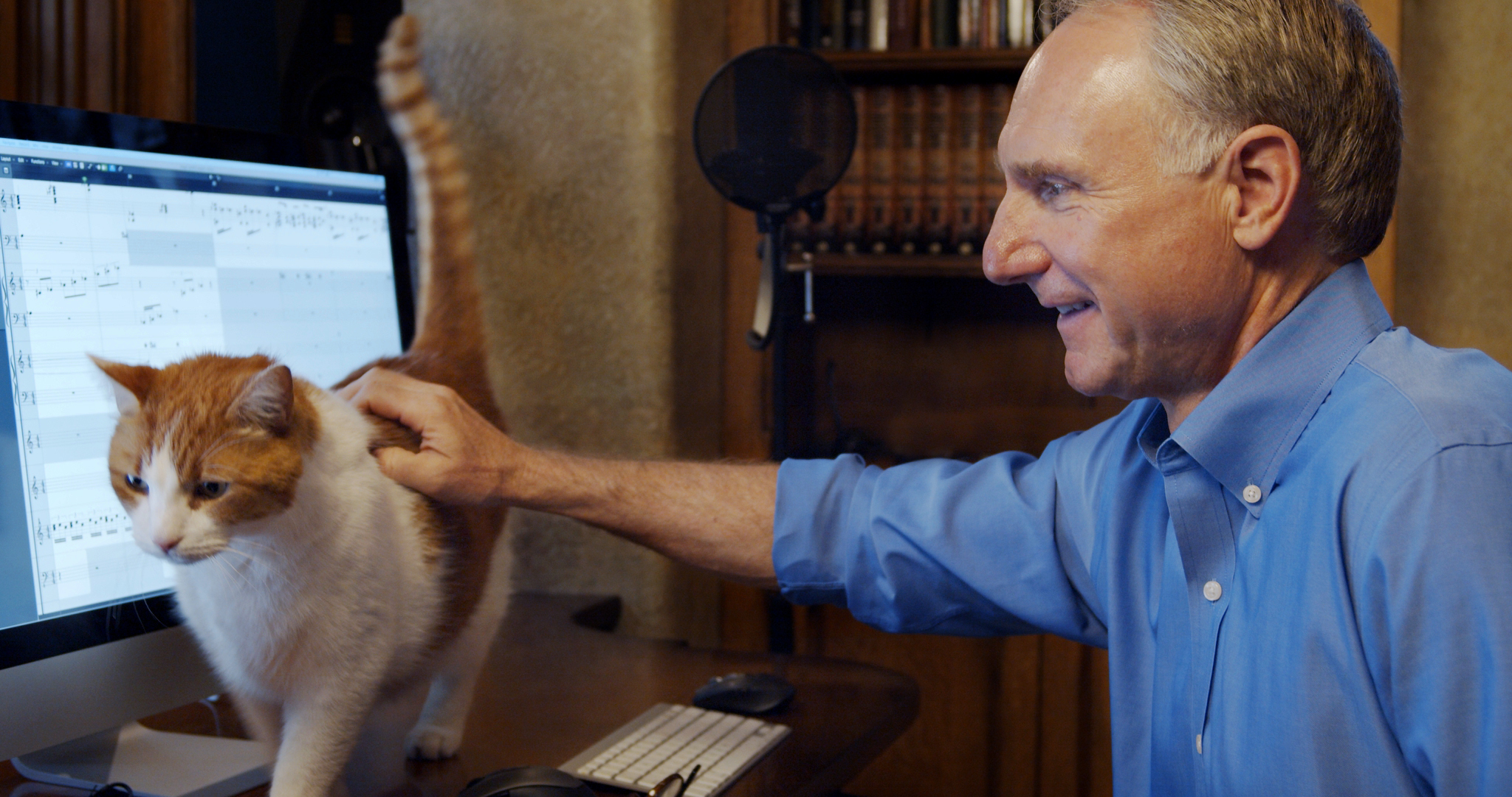
SH: How did you pair the instrument with its corresponding animal? The ostrich-bassoon pair, for instance, was an interesting one and the spider-harp combination a pleasant surprise that also made visual sense.
DB: Thanks for noticing the visual connection between the spider and the harp, which was in fact the fundamental inspiration for the piece — the image of spiders playing their webs as instruments. I’ve always loved watching spiders move across their webs because the stickiness of the web on the spider’s legs creates the illusion that they are “plucking” strings as they walk. In some instances, the animal-instrument pairings were figurative, for example, the marimba for the hard-shelled Busy Beetles, and the detuned timpani for the Bouncing Kangaroo. In other instances, the pairings were more ambiental — as with the bowed cymbals for The Ray or the airy woodwinds for Swan in the Mist.
SH: The music is based on songs you composed over 30 years ago. When you revisited your compositions, what did you change about them and what did you leave unaltered?
DB: The pieces I composed decades ago remained unaltered except that they are now arranged for full orchestra. I was pleased that the 12 new pieces I composed recently felt like they fit seamlessly with the older material.
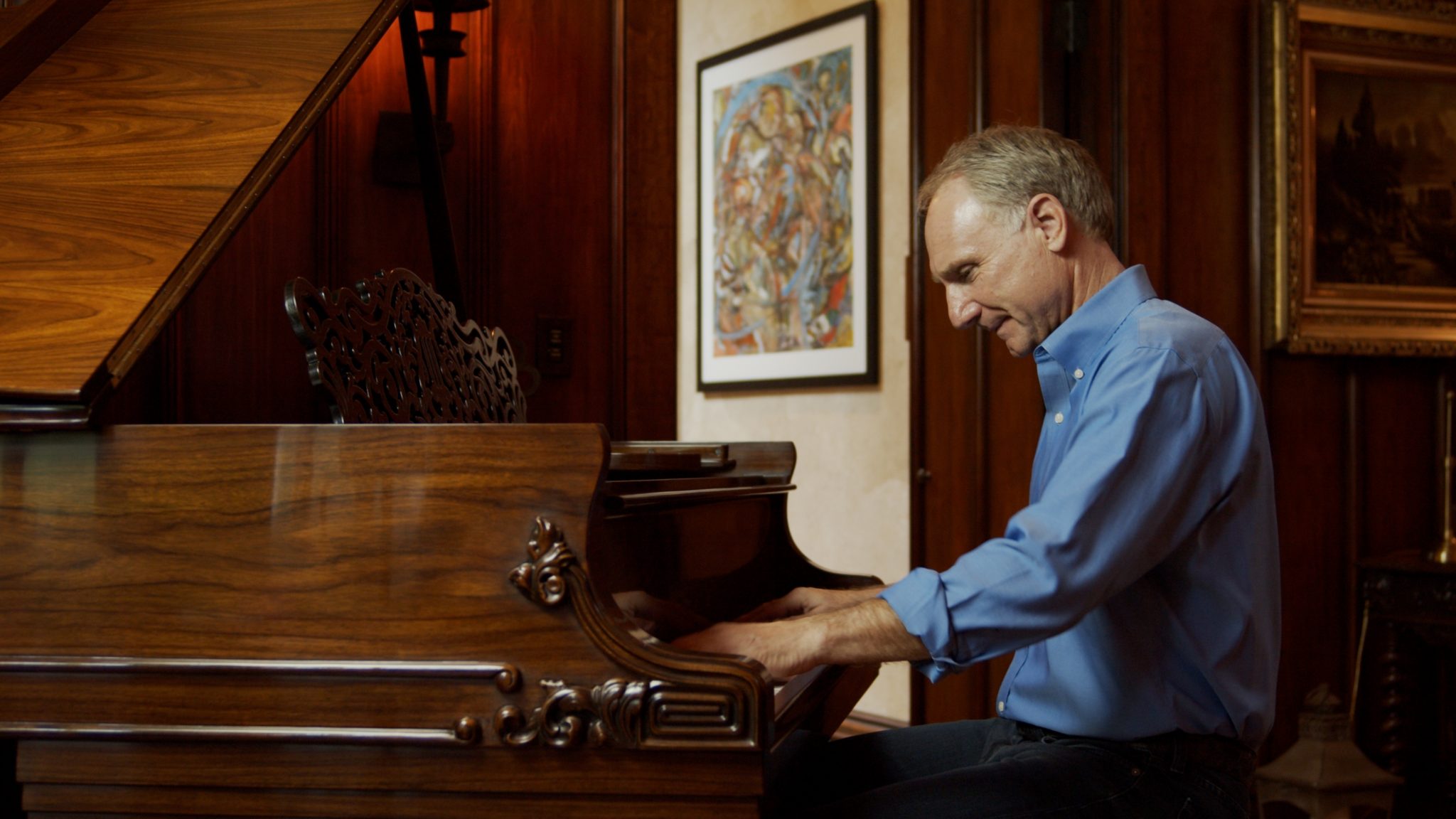
SH: How does the pianist-composer inform the novelist in you?
DB: I have always felt there are direct parallels between writing music and writing fiction. Both a symphony and a novel rely heavily on elements of structure and dynamics. A composer might dream up a number of wonderful musical ideas, and a novelist might have a number of terrific plot points, but if those elements are not placed within the proper structure, the final result suffers. Similarly, with respect to dynamics, both the composer and the novelist understand the importance of varying the intensity of their work. For example, composers don’t usually compose five fortissimo sections in a row any more than a novelist would place five car-chase scenes in a row. Both the symphony and the novel require dynamic variation to provide the listener/reader a chance to breathe.
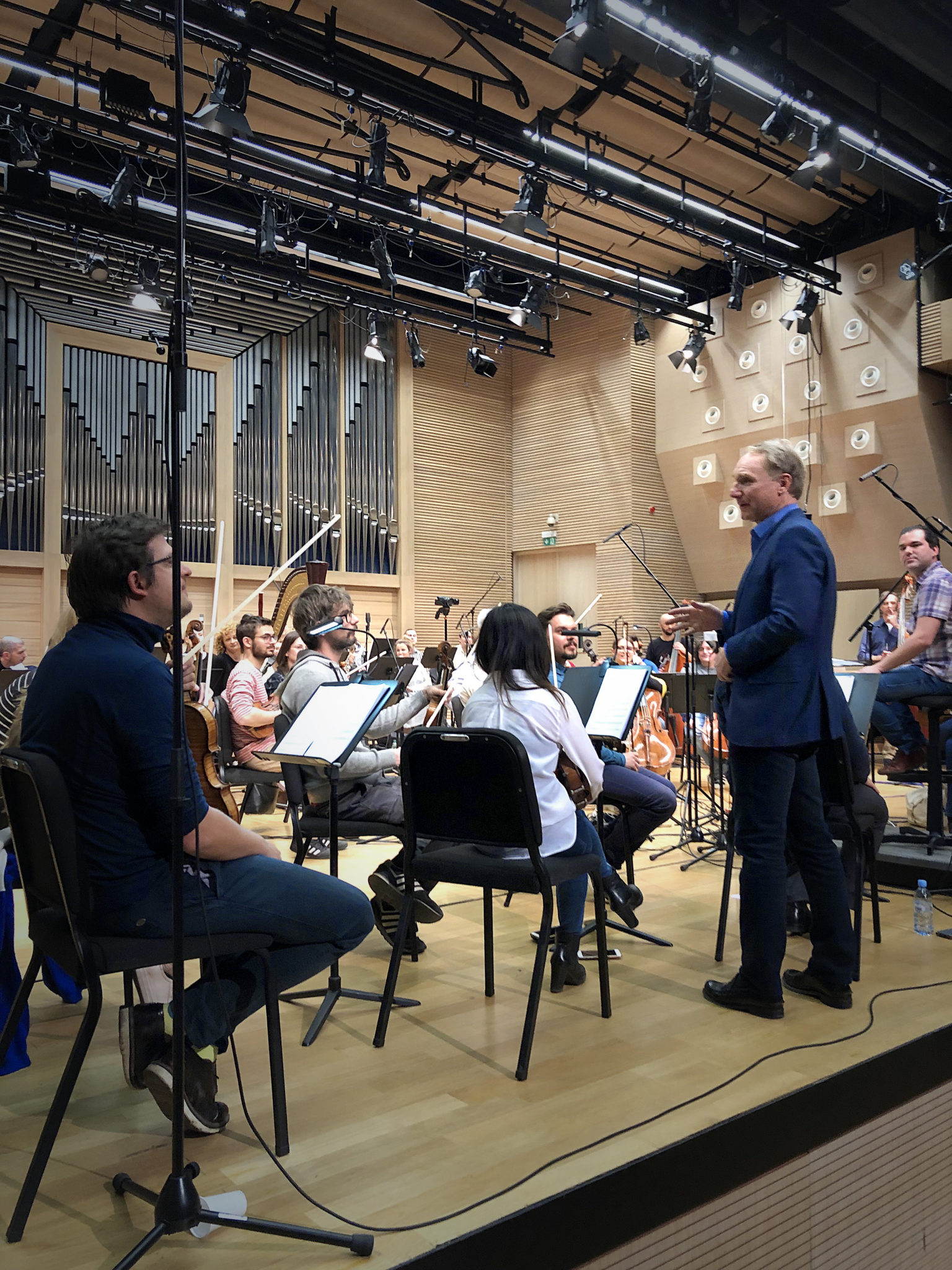
SH: What led you to choose the Zagreb Festival Orchestra to play and record the music for Wild Symphony?
DB: Quite simply, we were looking for an extremely talented ensemble that was able to perform the music wonderfully but also have fun doing it. I truly believe that the light-hearted nature of the Zagreb Festival Orchestra can be heard in the recordings. Their performance is precise yet playful.
SH: The book features some important life lessons not only for young readers but also adults. Are the workings of an orchestra a microcosm of life itself?
DB: The orchestra is indeed a microcosm of life itself, echoing the importance of diversity, mutual respect, diligence and cooperation. Each of the animals in Wild Symphony shares a piece of advice for navigating life. These simple tips are designed to get children thinking about the traits we all admire — values like compassion, patience, respect and confidence, as well as bigger themes of mindfulness, taking life slowly, community, and, above all, being true to your emotions. My personal favourite is the message offered by the busy beetles, who remind us that while it is important to work hard, we must also take time out to play. (I’m still working on that one.)
This piece was originally published by the National Centre for the Performing Arts, Mumbai, in the December 2020 issue of ON Stage – their monthly arts magazine.




